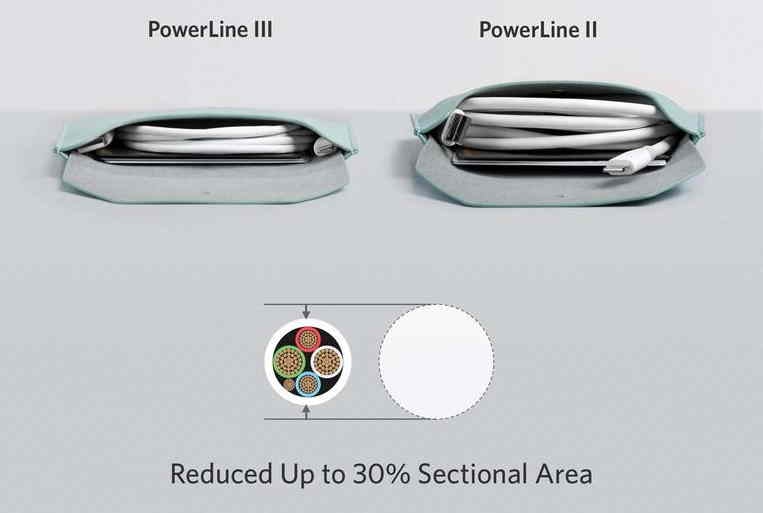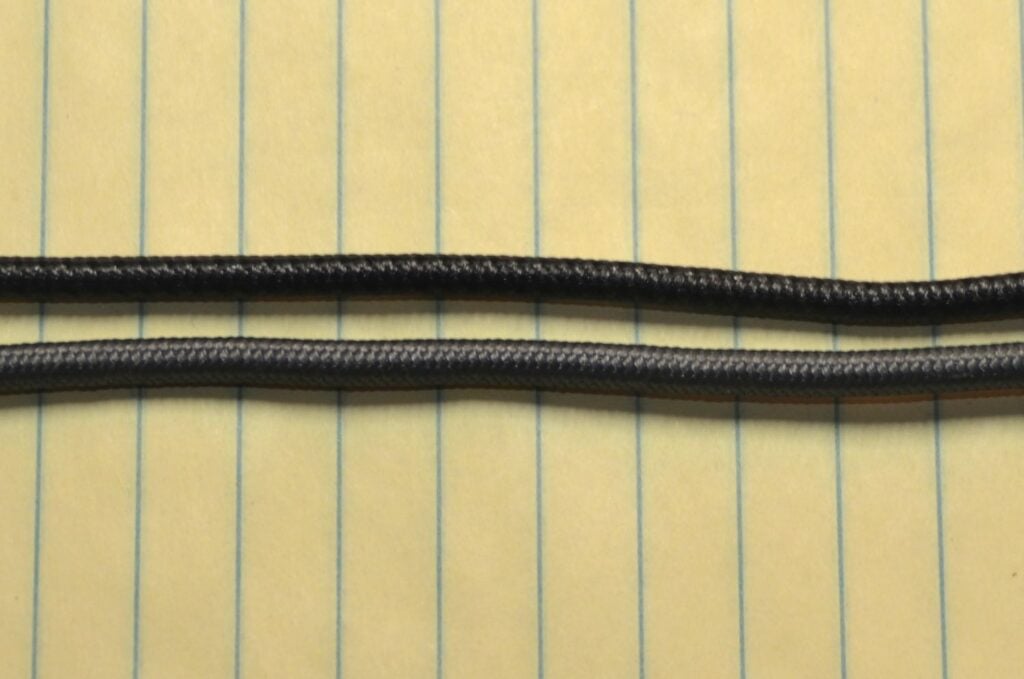This week, Apple introduced two new Apple Watch models, the Apple Watch Series 6 and the Apple Watch SE. Both look like excellent devices. Since Apple is continuing to sell the Apple Watch Series 3 that it introduced three years ago as a low-cost alternative, and since there are lots of options within each of the three Apple Watch lines now being sold, you now have lots of choices at lots of different prices points if you are looking to purchase your first Apple Watch or upgrade from an older model. Here are the features that jumped out at me for Apple’s newest models of the Apple Watch.
Apple Watch Series 6
Ever since Apple introduced the original Apple Watch in 2015, and since then, through a series of updates, the device has become even more useful. Often there are only one or two major new features in each new model, but when you look at all of the improvements over time, it is impressive how much the device has evolved. In 2016, Apple introduced the Series 2, which added GPS, the ability to get wet, and a somewhat faster processor so that it wasn’t painfully slow. Series 3 in 2017 added cellular and even more speed. Series 4 in 2018 introduced a slightly larger screen that could show a lot more because the unused space on the edges got thinner (the same thing that Apple has been doing with the iPad over the years), fall detection, an EKG, and was the first Apple Watch to be fast enough that you no longer really thought much about the speed of the device. The Series 5 in 2019 added an always on display so that you can just glance down at your watch to see the time and other information without having to lift your wrist to turn on the display.
This year, the major new feature in the Apple Watch Series 6 is a blood oxygen sensor. By shining red and infrared light on your arm and measuring how it bounces back, the sensor can determine the color of your blood, which indicates the amount of oxygen in your blood. Blood oxygen has become a bigger topic during the COVID-19 pandemic because a pulse oximeter — a small device that you place on your fingertip to shine lights and measure blood oxygen — can be helpful for folks who are asymptomatic or have mild COVID-19 to watch for early signs that the disease is getting worse. Apple notes that this sensor is not being added to the Apple Watch as a medical device — its website says that “[m]easurements taken with the Blood Oxygen app are not intended for medical use and are only designed for general fitness and wellness purposes” — but it can be a key indicator of your breathing and blood circulation, and thus your overall cardiac health. By measuring your blood oxygen throughout the day (and night if you sleep with the watch), the Apple Watch Series 6 has the potential to give you an early warning if something doesn’t seem right. It reminds me of the EKG added to the Series 4 in that it is yet another sensor to give your Apple Watch an even better overall sense of how you are doing.

The Series 6 also charges 20% faster. It adds an Apple U1 chip that helps other devices to know more precisely where your Apple Watch is located. (Apple has been mostly quiet about the U1 chip in the past, but at some point soon, perhaps next month, I expect Apple to announce new features for devices with a U1 chip.) Like the Series 5, the Series 6 features an always on display. But now the screen is 2.5x brighter when your wrist is down, making it easier to glance and see the time and other information when you are outdoors. Series 6 also has an altimeter that is always on to sense your elevation throughout the day. (For someone like me who lives in the flat, and in some cases, below sea level City of New Orleans, I don’t need this feature to tell me that my average elevation is zero.) And the new S6 processor is up to 20% faster than the S5 used in the Series 5. And the Wi-Fi in the Series 6 supports both 2.4GHz and 5GHz, whereas all earlier models only support the 2.4GHz band.
You can get the Series 6 in Aluminum in five different colors starting at $399 for 40 mm / $429 for 44 mm, or if you add cellular, for $499 / $529. Or you can get the Stainless Steel (which includes cellular) in three different colors starting at $699 / $749, or Titanium (with cellular) in two different colors starting at $799 / $849.

I currently use, and love, my Apple Watch Series 5. The additional new features in the Series 6 are not enough for me to upgrade this year, but whenever I do next upgrade, it will be nice to have those new features plus whatever comes next. If you currently use an old model of the Apple Watch and are ready for an upgrade, you are going to love having an always on display — I’ve appreciated that new feature every day for the past year — and I’ll be slightly jealous of you when that your always on display works even better for you when you are outside.
Apple Watch SE
If you want to spend less money, I suppose that the Apple Watch SE is currently the mid-range model considering that Apple is continuing to sell the Series 3 without cellular for $199 / $229, but I do not recommend that you purchase the Series 3 because you lose out on so many features that have been added since 2017. On the other hand, I do recommend that you consider the Apple Watch SE as an alternative to the Series 6. The Apple Watch SE is only available in Aluminum and costs $279 / $309, or if you add cellular, $329 / $359. Thus, you are saving $120 off of the price of a similar Apple Watch Series 6 if you get the version without cellular, or $170 if you are getting the version with cellular.

Here is what you miss out on when you save $120/$170 to get the Apple Watch SE versus the Series 6:
- No always on display. So in this way, it is similar to the Series 4
- You get the S5 chip used in the Series 5, not the 20% faster S6 chip in the Series 6
- No EKG, like the Series 3.
- No blood oxygen sensor, like the Series 5.
- No U1 chip, like the Series 5.
- No 5GHz Wi-Fi, only 2.4GHz Wi-Fi like the Series 5.
I certainly don’t consider any of these to be essential features, so Apple did a good job of pulling out less important features to reduce the price. But as noted above, I really love the always on display; it is one of the best features of the Apple Watch for me. If I were buying a new Apple Watch today that I was going to wear for the next few years, I would think long and hard about paying the extra money to get the always on display, with the other extra features listed above just being a bonus. For me, the always on display is one of my favorite features of the Apple Watch Series 5.
New Watch Bands
The new watch bands this year are the Solo Loop and the Braided Solo Loop. They don’t have buckles — you just slip them on your wrist — but this means that you need to measure your wrist to select the right band.

Conclusion
It is nice that there is so much choice in the Apple Watch line. I recommend that you ignore the $199 starting price for the Series 3 and instead focus on the $279 starting price of the Apple Watch SE as the minimal Apple Watch to consider purchasing. From there, you can decide what features you want, whether you want cellular, pick a case, pick a band, etc., which may cause the price to increase from $279 up to $1249 — or $1,499 if you get an Hermès band. But whatever model you pick, you will get the core features that make the Apple Watch so useful, such as the notifications (including silent notifications by discretely tapping on your wrist), fitness features, and the information that is most important to you available by just glancing at your wrist. If you are ready to get a new Apple Watch, both new models are available starting tomorrow.
















